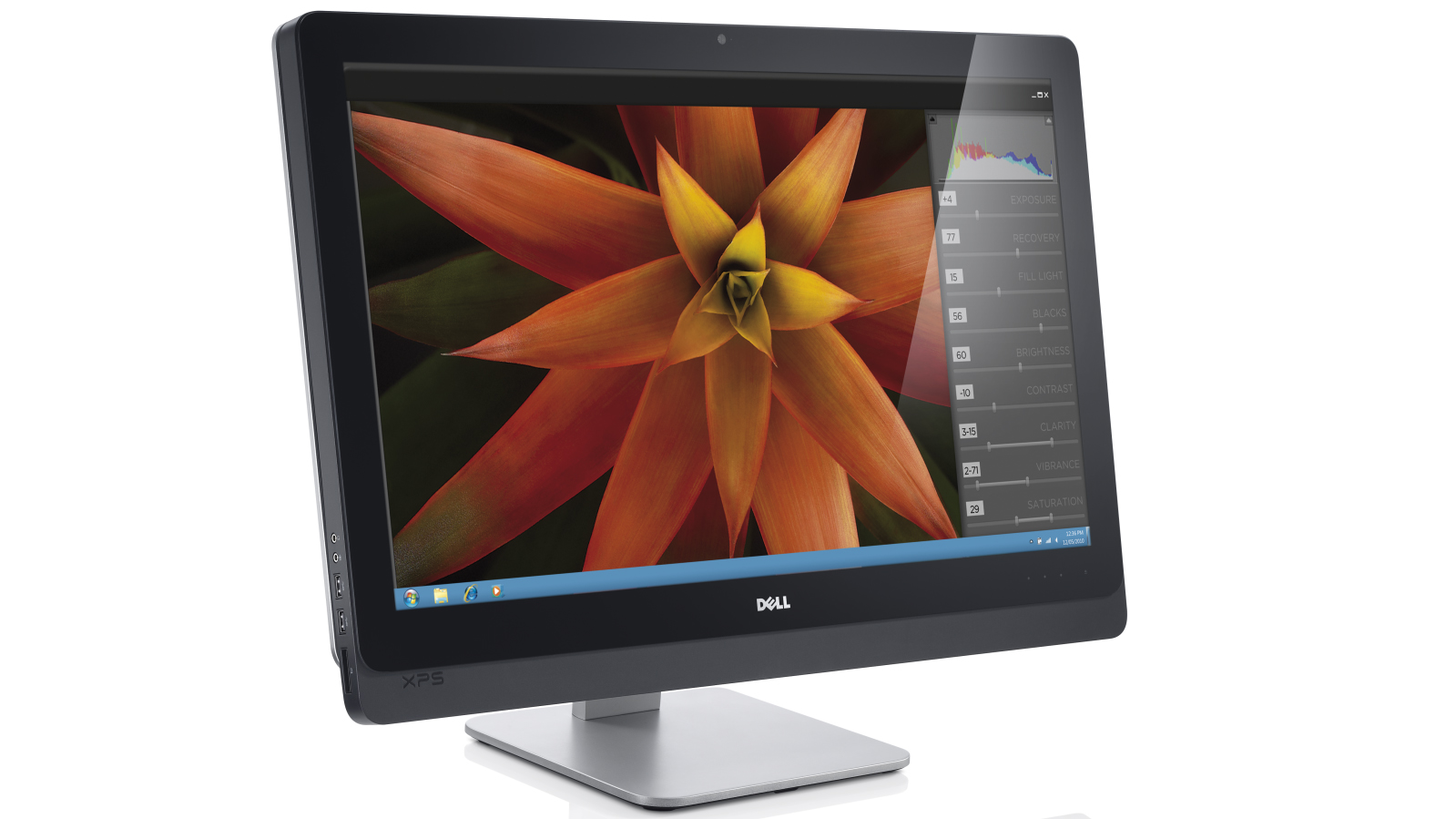
Choosing business PCs used to be easy, because PCs were all very much the same: you'd have a faster processor here and a larger hard drive there, but provided you stuck with a reputable manufacturer you could probably throw a dart at a brochure and end up with something perfectly decent.
Things are a little more complicated these days, but that doesn't mean choosing new corporate PCs needs to be a burden.
Today's PCs fall into five key categories: desktops and all-in-ones; laptops; workstations; tablets; and 2-in-1 PCs.
Desktops are the familiar boxes that connect to a separate monitor, and they're relatively cheap, easy to upgrade and simple to install and administer, while all-in-ones tuck all the hardware behind the screen to reduce the PC's footprint and cut cable clutter.
The integrated screen means they tend to cost a little more than traditional desktops, and the small sizes obviously have an impact on their expandability - but of course, today's high-speed USB 3.0 connections means it's easy to add external devices without affecting performance.
Laptops offer slightly less performance and expandability but more mobility, and Workstations are desktops and/or laptops offering the very latest, most powerful technology for the most demanding users. They're overkill for everyday computing but absolutely essential for demanding jobs such as HD video editing to architecture, science and computer-aided design.
Meet the new breed
Tablets and 2-in-1s are relatively new to the party. Tablets offer maximum mobility and they're great for field working, but there are compromises: they don't deliver the same power as traditional PCs and the lack of keyboards and mice can be an issue.
Are you a pro? Subscribe to our newsletter
Sign up to the TechRadar Pro newsletter to get all the top news, opinion, features and guidance your business needs to succeed!
2-in-1 are designed to address those compromises, employing some clever engineering to turn from laptops into tablets and back again to deliver the convenience of a tablet and the power of a laptop. That obviously adds to the cost compared to normal tablets, but the premium isn't what you might expect: for example. Dell's 2-in-1 XPS 11 is £799 for an Intel Core i5 model running Windows 8 Pro.
When you're considering new business PCs, don't just look at the sticker price. That's important, of course, but it's actually a fairly small part of the overall cost of corporate computing.
The buzzword is TCO, which stands for Total Cost of Ownership. It includes not just the purchase price but the cost of installation and deployment of your business applications, of training and helpdesk support, of systems management, security and software updates and, if you tend to retain PCs after the warranty period expires, the cost of any out-of-warranty repairs.
When it comes to TCO all PCs are not created equal: some are designed specifically to reduce TCO and include extensive features for remote system management, software installation, help and support.
There's another cost to consider, too, and that's energy. Businesses' energy bills aren't getting any cheaper, and if you're deploying lots of PCs even relatively small differences in energy efficiency can make an enormous difference to your bottom line.
The TechRadar hive mind. The Megazord. The Voltron. When our powers combine, we become 'TECHRADAR STAFF'. You'll usually see this author name when the entire team has collaborated on a project or an article, whether that's a run-down ranking of our favorite Marvel films, or a round-up of all the coolest things we've collectively seen at annual tech shows like CES and MWC. We are one.